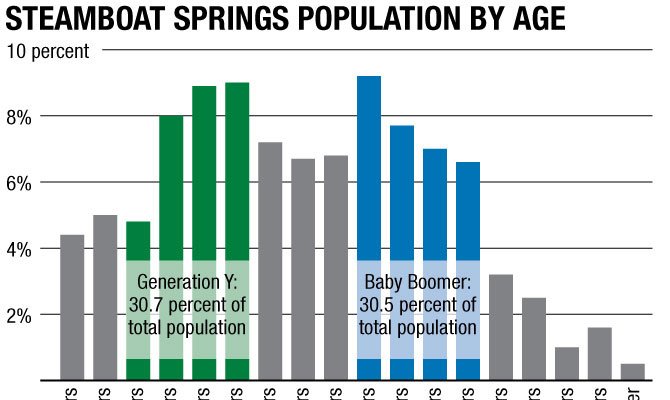Nationwide Housing Preference Trends
Nationwide Housing Preference Trends
The below article helps put into perspective of where we are as a society and what we wanting in regards to housing trends. “Walkable communities, down scaling of homes in size, but not lifestyle, healthy lifestyle, and a willingness to pay a premium for services & lifestyle in a walkable community. Aldea when we are fully built out will have these amenities. ~ Dianne
Read the article below:
 Steamboat Springs — The Sonoran Institute works with cities and counties across the West trying to grapple with questions surrounding growth, Clark Anderson said, introducing himself and his organization to those gathered for an all-day forum about housing issues in Steamboat Springs.
Steamboat Springs — The Sonoran Institute works with cities and counties across the West trying to grapple with questions surrounding growth, Clark Anderson said, introducing himself and his organization to those gathered for an all-day forum about housing issues in Steamboat Springs.
Anderson led off the June 13 forum with information and lessons the Sonoran Institute has gathered from studying housing markets in the Rocky Mountain West.
Overall, the nation is facing a housing sector adjustment as preferences shift following the recession and younger generations aren’t following the same trends as older cohorts. The Sonoran Institute put together a report (RESET: Assessing Future Housing Markets in the Rock Mountain West) to determine if national trends held true in the area it studies.
“We really wanted to say, ‘Are these national trends occurring in the Rockies, and if they are, how are they unfolding?’” Anderson said.
The report looked at economic and demographic trends as well as tested how receptive the market was for different types of housing characteristics.
“The results indicate that the market in the West, in keeping with the rest of the nation, is growing more complex and more segmented,” the report found.
We’re climbing out of the worst housing market in 75 years, Anderson said, but wages and employment still are lagging and Generation Y is emerging in the market but struggling economically.
“It’s not your father’s housing market,” Anderson said.
Economic, demographic and consumer trends are driving demand for different types of housing, he said.
Baby boomers and millennials actually are seeking somewhat similar things, according to Anderson. Both want a sense of community and place and are willing to pay more for walkable housing, and boomers, especially, want to stay healthy and engaged.
The preference survey distributed as part of the report found a strong preference for single-family detached homes along with a desire for neighborhoods with walkable destinations. While respondents were willing to give up size for walkable locations, only 37 percent were willing to live in condos or attached homes to be in a walkable area.
The report’s market analysis found that people are willing to pay a premium to live in walkable areas but that there’s an inkling of a supply and demand issue in the future.
“This is an untapped opportunity,” Anderson said about the demand for walkable development.
Communities need to expand housing stock and options, according to Anderson, filling in the gaps for products that aren’t there.
Single-family housing needs to evolve, he said. Tradeoffs such as downsizing to live in desired locations can be incentivized with amenities, and creative medium-density projects can fit in the “missing middle” between single-family homes and high-density development.
Communities can set the table for their desired development strategies, Anderson said, and get some of the due diligence out of the way that would have to be done anyway.
“I don’t want to make it sound like this is easy stuff to do,” Anderson said. “You can start making moves that send the right signals to the private sector.”

